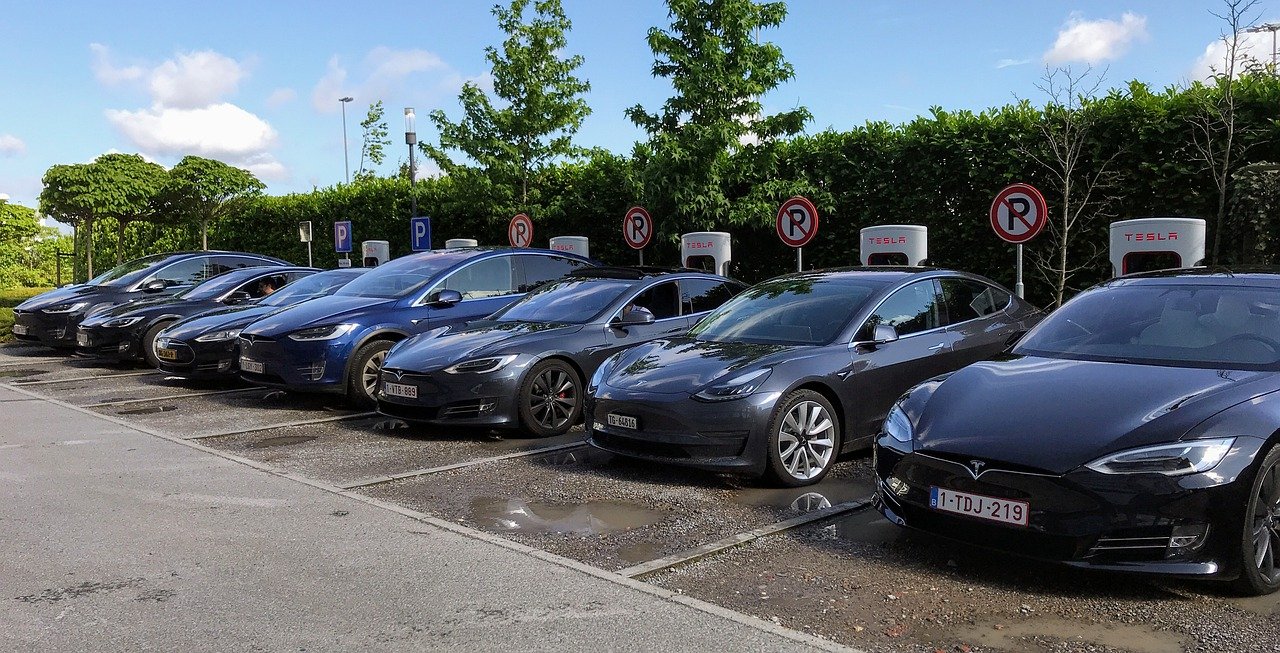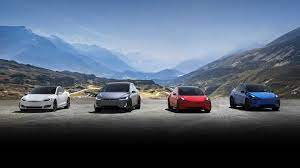
Looking to buy an EV in 2023 in North America? Then a used EV may just be the ticket for you.
Welcome to 2023, a new year and new federal tax credit is available for USED EV’s and this incentive is NOT available for NEW vehicles. While this is pretty exciting for your pocket book and for clean energy, there are a lot of Internal Revenue Service (IRS) rules you need to follow in order to take advantage of this credit. Essentially there are income limits, used vehicle purchase cost or sales cap limits, model year limits based on the year you claim the credit and there are not credits available if you buy from a private seller. But if you follow the guidance on the IRS site you could help save up to 30% of the used vehicle cost through this electric car tax credit.
If you are still on the fence about buying an EV based on prices of new EV’s then maybe this is a way for you to get an EV without the larger financial commitment of a new car. There may be a specific vehicle you have in mind, but they may or may not work for the requirements as outlined by the IRS. There are advantages of buying a used electric vehicle, for example they can help offset your fuel costs and benefit the bottom line of your federal tax return. There are specific rules for residential customers but also some rules for businesses and self employed as well. Please check out the IRS site to get all the information on whether you can get a full credit or partial credit from these federal incentives.

Would you like an EV Tax Credit?
If yes, here are some of the eligibility requirements you need to review to see at a quick glance if you should pursue this further. Always consult the IRS stipulations to officially proceed in getting a tax credit.
Starting on January 1, 2023 a new law for taxes becomes effective. If you acquire a certified second-hand electric vehicle (EV) or fuel cell car (FCV) from a licensed dealer costing $25,000 or less, you could be entitled to a previously owned clean vehicle credit. This credit is equal to 30% of the purchase price with a maximum of $4,000.
The nonrefundable credit means that you cannot receive more than the amount of taxes you owe. You also cannot use any remaining amount towards future tax years, and purchases made prior to 2023 are not eligible.
What are the Income Limits? Who Qualifies?
The Internal Revenue Service has many ways you can qualify for this tax incentive You may qualify for a credit for buying a previously owned, qualified electric vehicle (EV), plug-in vehicles or fuel cell vehicles (FCV), including cars and light pickup trucks, under Internal Revenue Code Section 25E.
To qualify, your income may not exceed $150,000 for married filing jointly or a surviving spouse, $112,500 for heads of households, $75,000 for all individual filers. There are some caveats to this that are too lengthy to list here. Please check the IRS site to see all the income stipulations.
If you want to take advantage of the new tax credit there are some other things you need to know. The credit is not instant. You don’t get the credit until up to 15 months in the future. This is done when you file your taxes. You may have to borrow a larger sum of money, which would involve paying interest for the duration of the loan (15 months or until it is paid down with your tax refund).
So What Qualified Vehicles are Available and How do I buy one?
A qualifying vehicle must meet all of these requirements, there are several things you need to check the box on. There are a lot of AND’s here. The vehicle needs to have a purchase price of $25,000 or less. AND the vehicle model year has to be 2 plus years earlier than the year when you purchase the vehicle. So this is how it could work, your vehicle purchased in 2023 would need a purchase price of less than $25,000 with model year of 2021 or older. And not have already been transferred to a qualified buyer. It also needs to have a gross vehicle weight rating of less than 14,000 pounds. And a battery capacity of least 7 kilowatt hours. And needs to be for use primarily in the United States. Phew that is a lot of ands! But wait there are more stipulations.
So What Makes and Models are Qualified?
This incentive will only be available for certain makes and models, since the manufacturer must have submitted the relevant paperwork. Presently, some Tesla vehicles are offered by dealers at prices below $25,000; this number is expected to increase as cars depreciate over time. The incentive will bring some strong interest to the used EV market, so customers interested in taking advantage of it should act quickly.
The Chevy Bolt and Tesla Model 3 are two of the most sought-after electric cars in the past 5 years, yet buyers cannot get the tax credit as General Motors (GM) and Tesla have not filed all required documents. Thankfully, Nissan Leaf and a multitude of plug-in hybrids are already eligible for this. Hopefully, both companies will submit their paperwork soon so that customers may benefit from the tax credit.
The IRS has made this process of finding an EV a bit easier by providing this link to find a list of vehicles.
This next stipulation is really important. The sale qualifies only if you buy the vehicle from a dealer. If you want to buy from a private seller, then you out of luck on getting a break on your tax bill.

How to Claim the Used Clean Vehicle Credit
So if you have checked all the boxes and fit within the income and purchase price and all the other stipulations, its time for filing a a claim. Of course it’s an IRS form. So complete this form Qualified Plug-in Electric Drive Motor Vehicle Credit . File it with your tax return for the year you took possession of the vehicle to claim the used clean vehicle credit. You will need to include the vehicle identification number (VIN).

